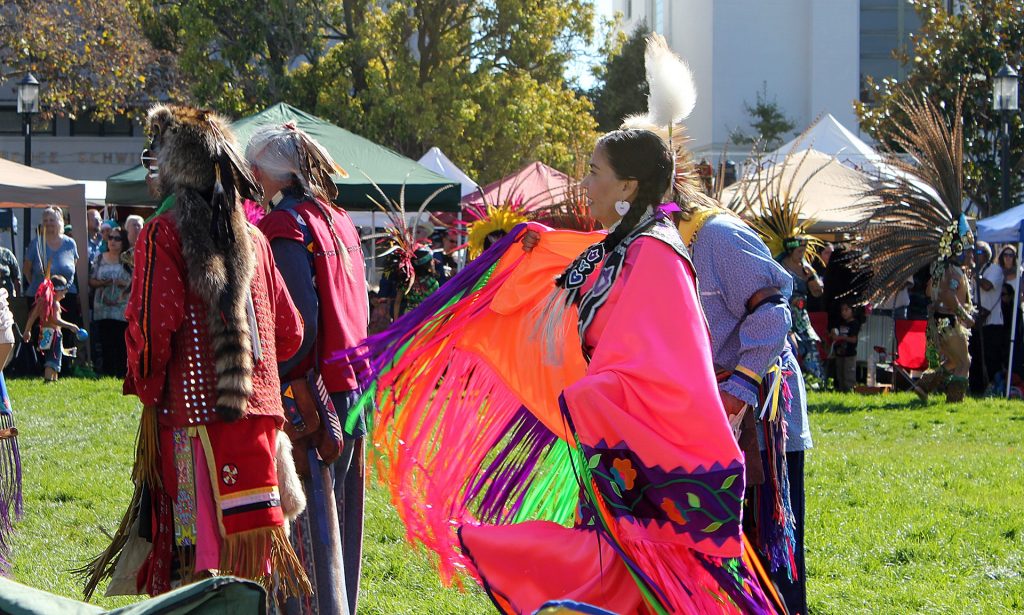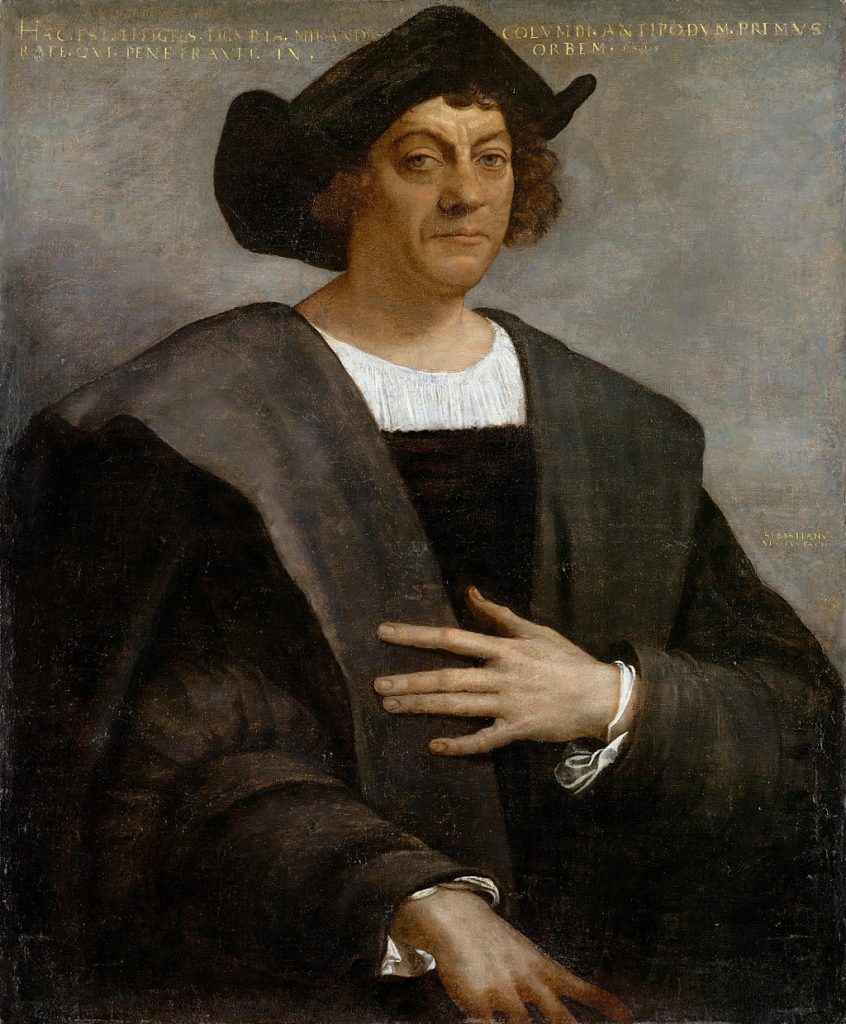October 12, Columbus Day, is now considered Indigenous Peoples’ Day in more than 130 US cities. Virginia is the most recent state to join the growing list of states that decided to observe Indigenous People’s Day to acknowledge the narrative of the indigenous people. Youth in Action: Conversations About Our Future, streamed by the Smithsonian museum, homed in on Mascots, Monuments and Memorialization.
The celebration of Indigenous People’s Day is an intertribal movement for supporting diversity within indigenous communities and to push for acknowledgment of indigenous historical narratives. The intended goal is to support sovereignty, cultural representation, and education. For the indigenous people of the United States, it has taken three centuries to grapple for representation and healing. If the needs of the tribes are met through acknowledgment, the process of healing can begin.
Navigating Historical Trauma
Brook Thompson (Yurok and Karuk) explained that controversial sports mascots depicting stereotypes of Native Americans needed to be changed to something more acceptable and respectful.
“I have never felt honored by these mascots in my life,” Thompson said. “These teams were never meant to honor us… Why focus on the [sports] mascot issue when there are bigger issues involving Natives? … If we can’t be seen as people, we can’t work on these issues we’ve been facing.”
Julian Brave NoiseCat cited There There by Tommy Orange as a force that moved him to appreciate representation of the contemporary Native experience. “That was empowering to me, seeing Native representations,” he said. “Native people, bodies and stories moving through those urban spaces that no one had depicted before. Representation is power…on the other hand it’s visibility, meaning, and belonging. Too many Native people are deprived of those things.”
Dylan Baca (White Mountain Apache/Dine’), President of the Indigenous People’s Initiative, said that the narrative of what really happened in 1492 wasn’t taught in his high school accelerated program and said supporting education of the indigenous narrative was key to supporting historical accuracy. “Viewing someone in both ways helps us understand these perspectives and understand our own narrative and create a more accurate one,” he said.
What would a national Indigenous Peoples’ Day look like?
How does the indigenous narrative continue? Baca posited that solutions centered around local education would provide more learning opportunities for students to form their own world views. “If we were to introduce programming [supporting indigenous history] to public schools in addition to BIE schools, we can work to remove the stigma around it and worked to build each other and unify each other,” he said.
Brave NoiseCat supported . “Education is an incredibly powerful tool,” he said. “Truth is the ground on which justice can stand. Educating yourself, learning about these issues can be an empowering thing.”
Thompson added that starting a critical dialogue with friends and family on the origins of stereotypical mascots would be a good way to start locally.
Alberto Correa III added that promoting cultural space for diverse ideas is powerful motivator for change. “People who benefit from that space will go on to create more of those spaces wherever they go,” he said.
Envisioning the American story: What should it be?
“A great nation does not shy away from the truth. It should strengthen us and embolden us,” Baca concluded. “Accurate cultural representation matters. Accurate narrative for ourselves, for our ancestors and our descendants.”
Tune into the National Museum of the American Indian for more streams!


